Canberra’s concrete column cluster pavilion by Molonglo and Pezo von Ellrichshausen
Developer Molonglo and architects Pezo von Ellrichshausen are behind the Less pavilion at Dairy Road, Canberra
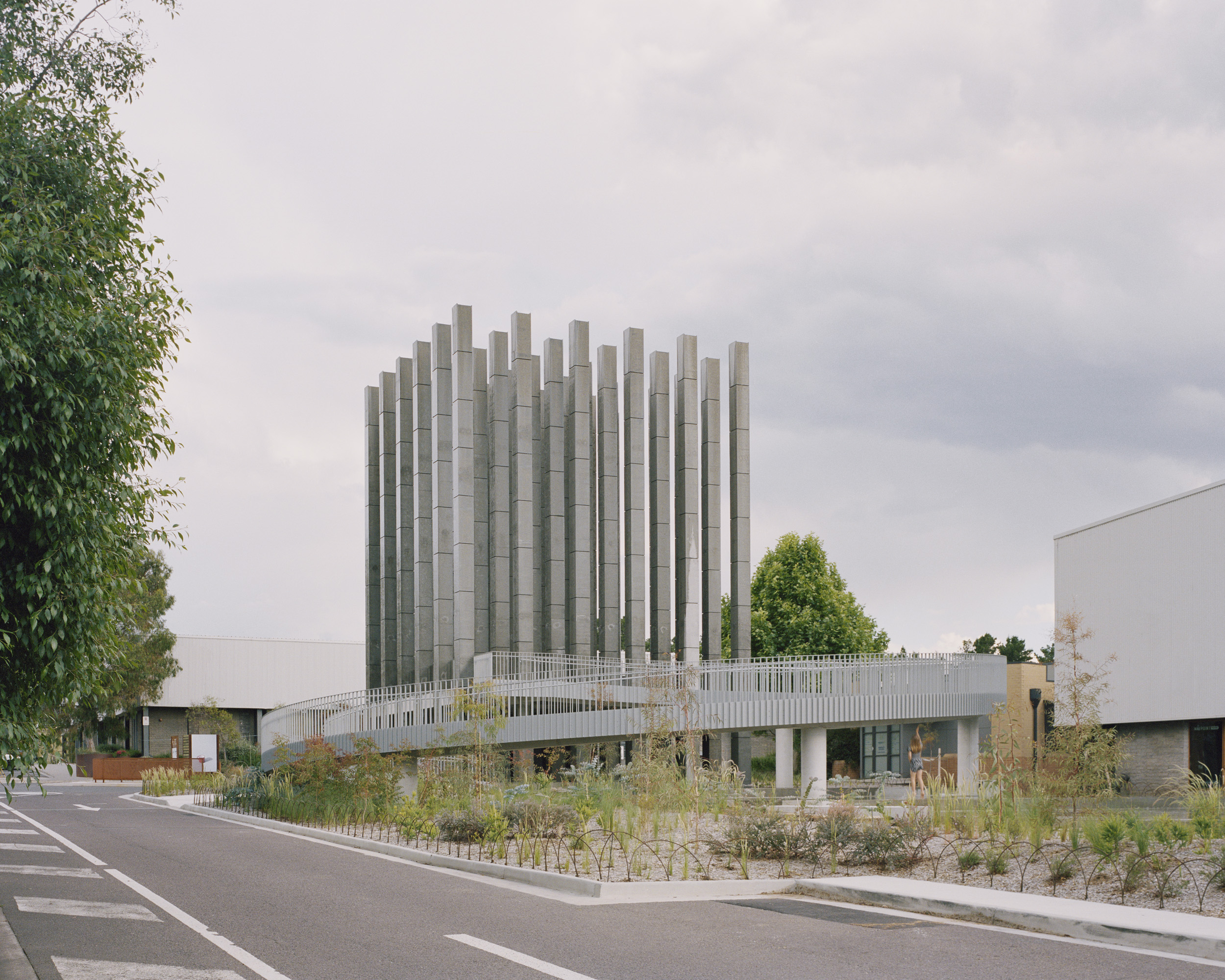
Rory Gardiner - Photography
An imposing cluster of slim concrete columns rises amid the ever-evolving landscape of Canberra's Dairy Road neighbourhood. The area is a formerly industrial part of the Australian capital city, now slowly transforming into a diverse, modern, mixed-use district. One of its latest additions is Less, an architectural pavilion created by developer Molonglo and designed by Chilean architecture studio Pezo von Ellrichshausen.
The celebrated and multi-award-winning architecture studio, headed by partners Sofia von Ellrichshausen and Mauricio Pezo, is known for its dramatic, sculptural works – often in its home country of Chile, and in textured concrete – which cut imposing, mesmerising contemporary figures in both urban and natural landscapes. With the new Less pavilion, the architects followed their signature approach, carving a collection of 36 vertical concrete elements and a circular ramp, which leads visitors up to a viewing platform.
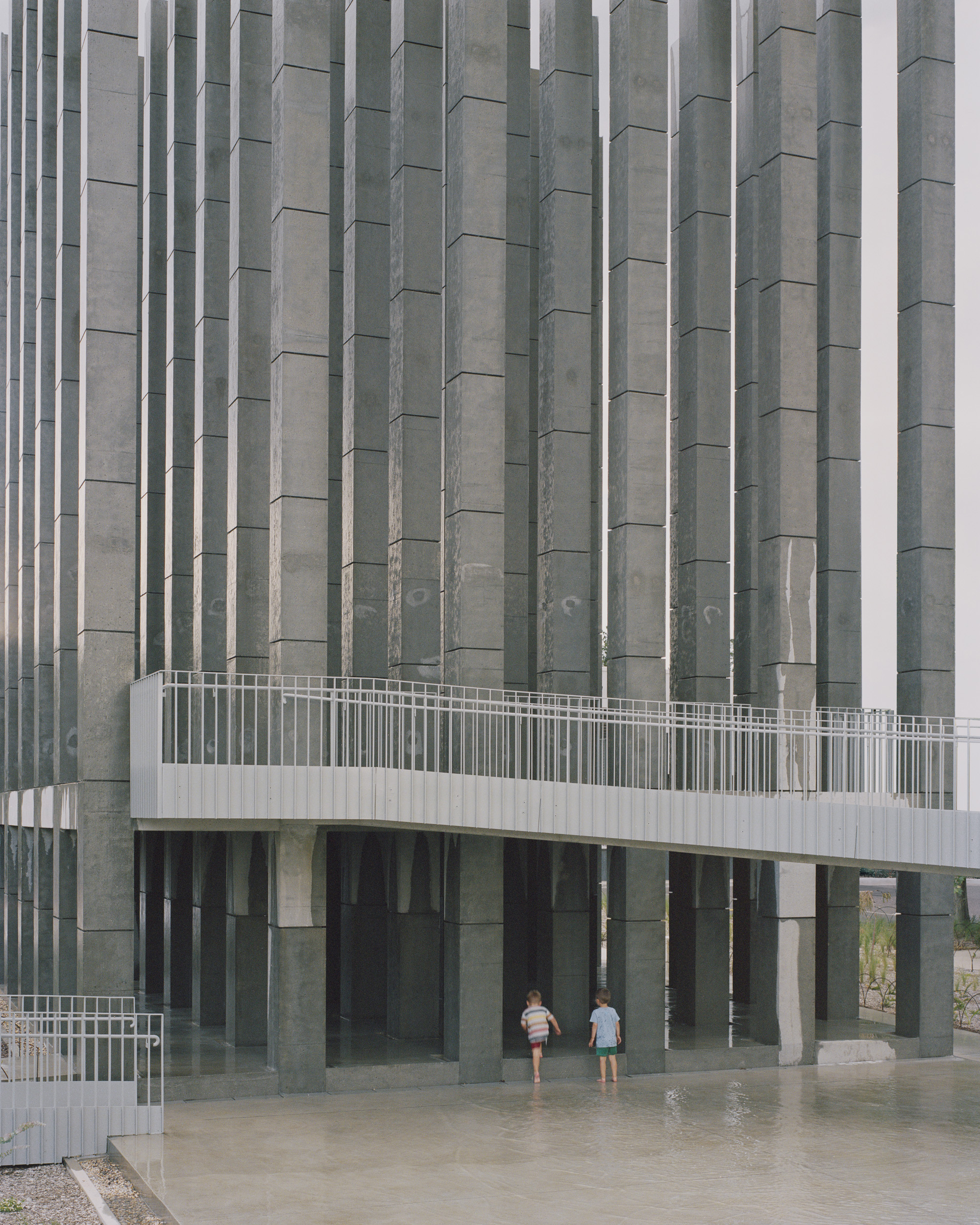
A stream runs below the structure, slow, shallow but continuous, adding dynamism through its perpetual movement and freshness through the water's cooling presence. Around it, 6,000 individual plants of more than 50 different species have been placed to grow and age alongside the structure, many of which are local, and help tie the piece to its surroundings.
Conceived as an experiential piece of public art, a city landmark and a community gathering spot, Less is there to be seen and visited by all. ‘Avoiding a deterministic or transactional approach to use and presence, Less invites the evolving community to interact with and occupy its varied spaces as they see fit,' the architects explain. ‘[It's] Less than a structure, an infrastructure. It is an idiosyncratic place that refuses to be called in a single manner, with a single word.'
The simple geometries, structures and repetitive format of the pavilion feel steady and reassuring – yet its existence belies a sense of boldness, balancing movement and stillness, the architects argue: 'In its monotonous gesture, in its tedious regularity as much as in its lack of direction, bold columns and slender pillars erode any other function than that of framing every other function. Many events are allowed in unlabelled places.'
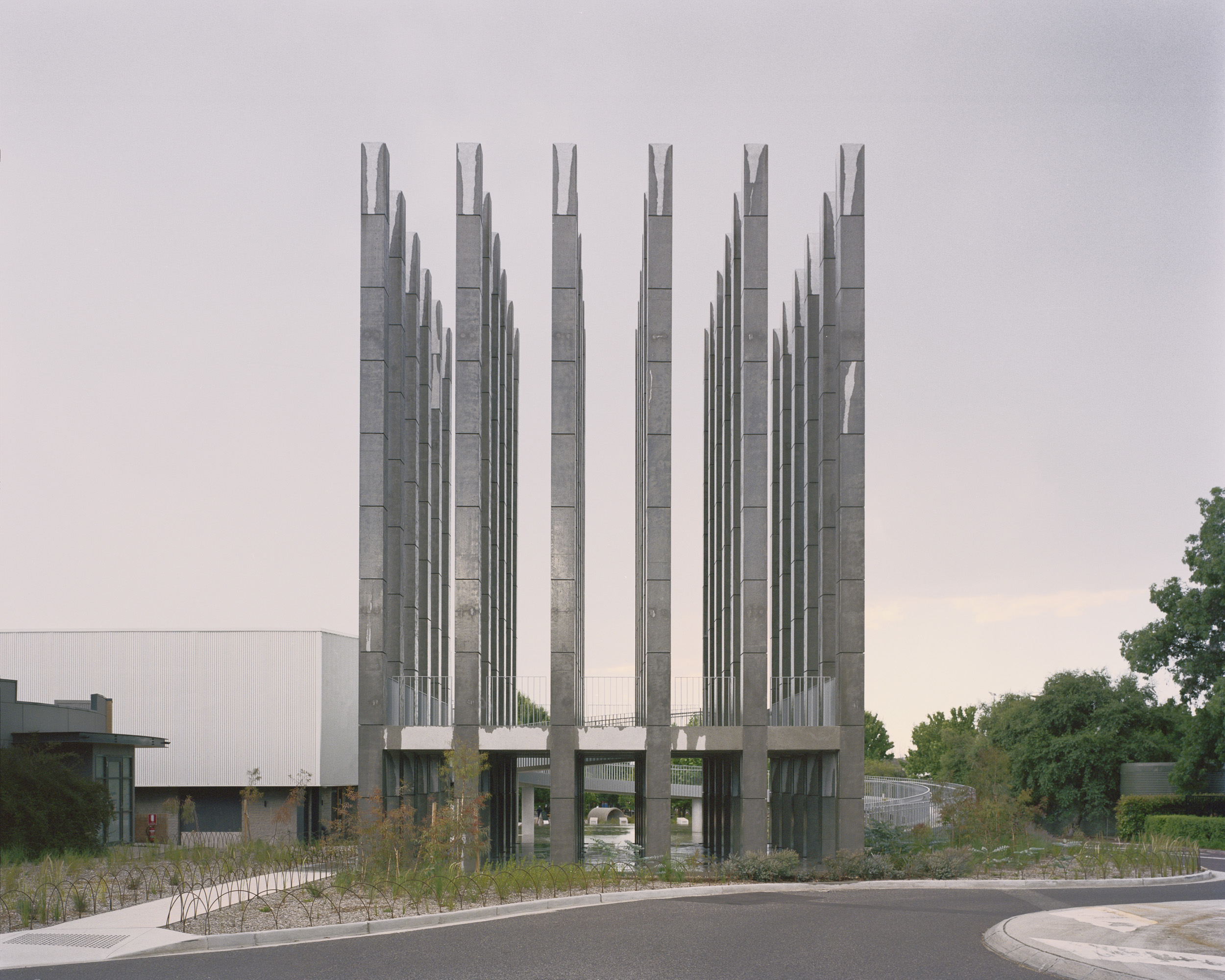
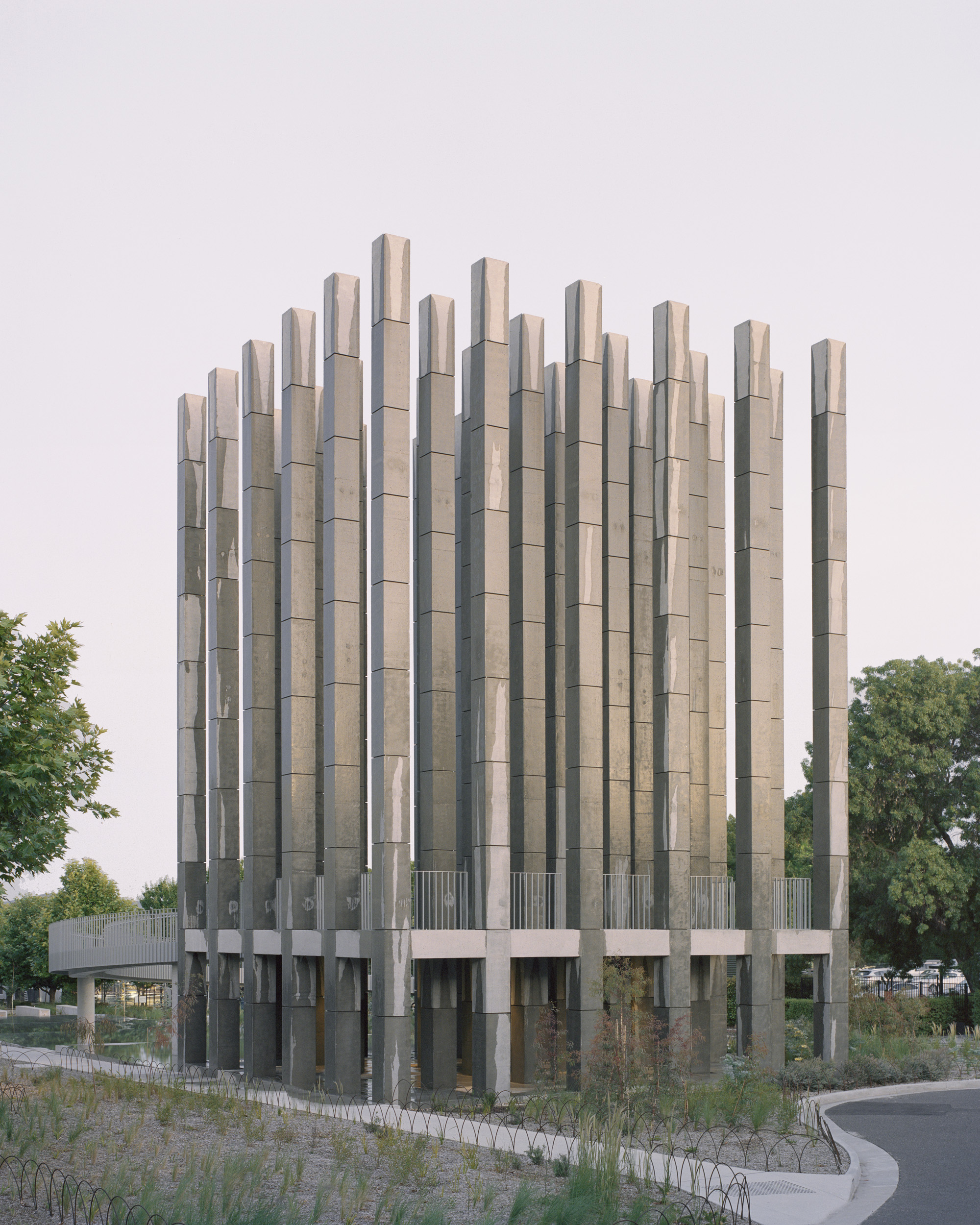

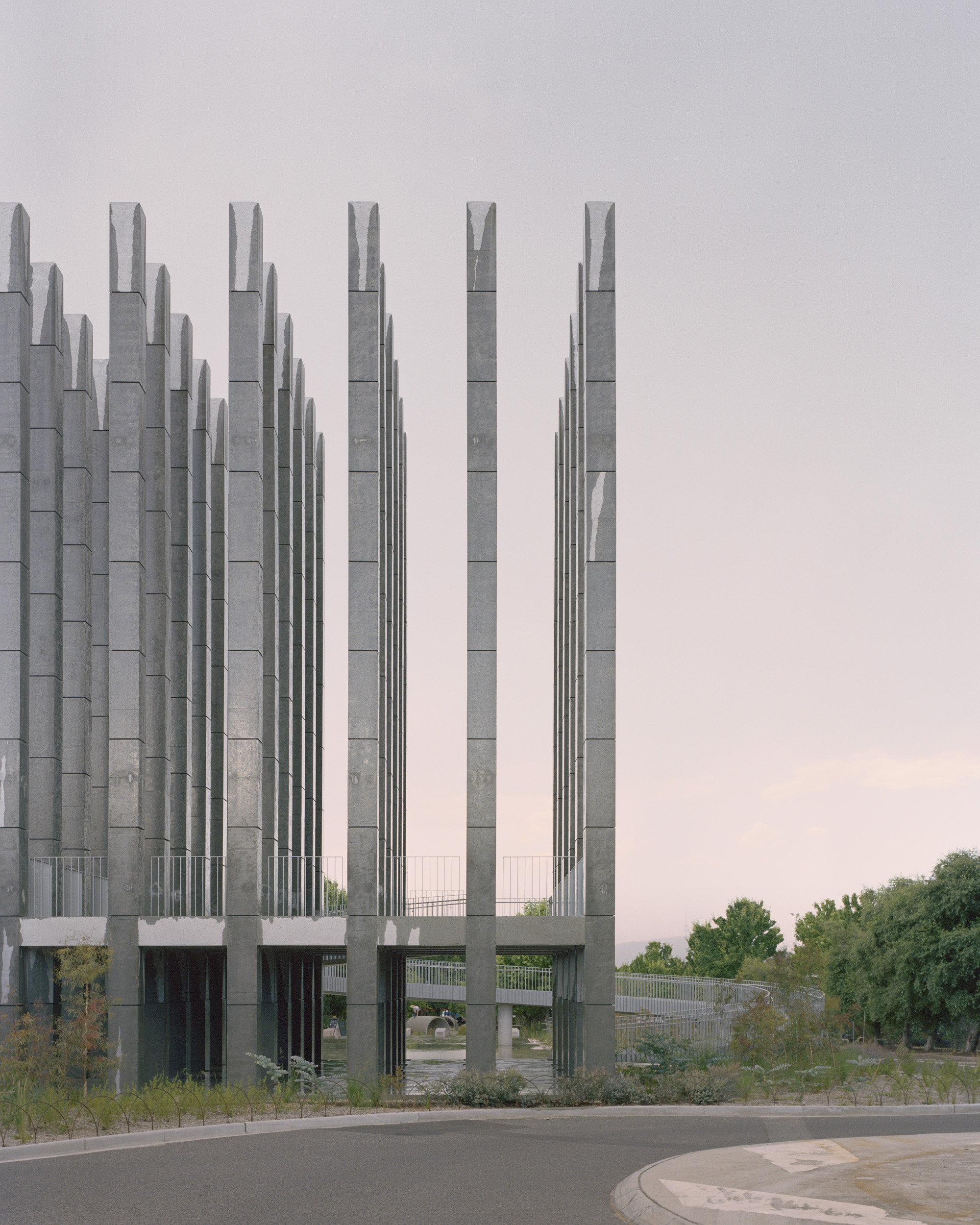
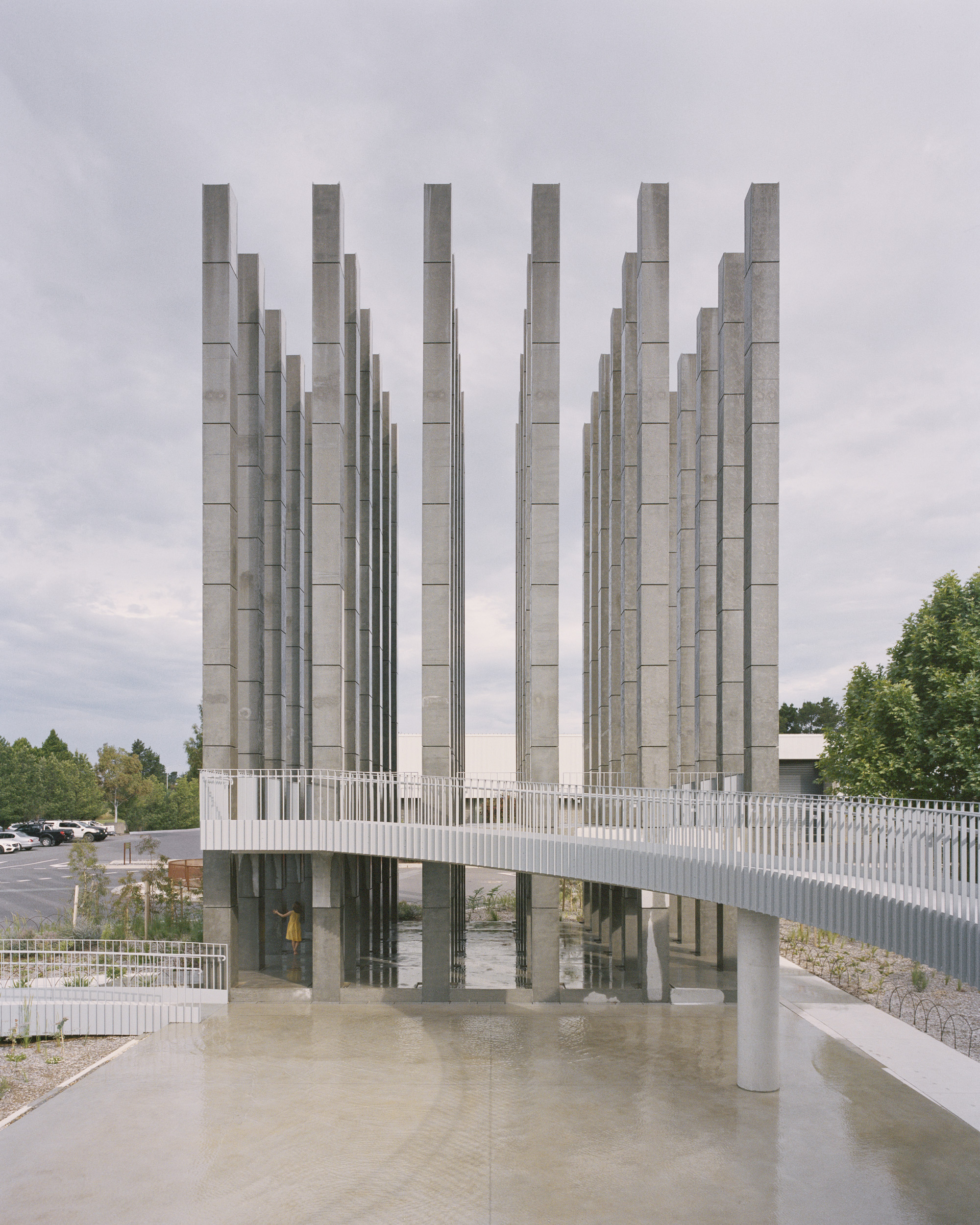
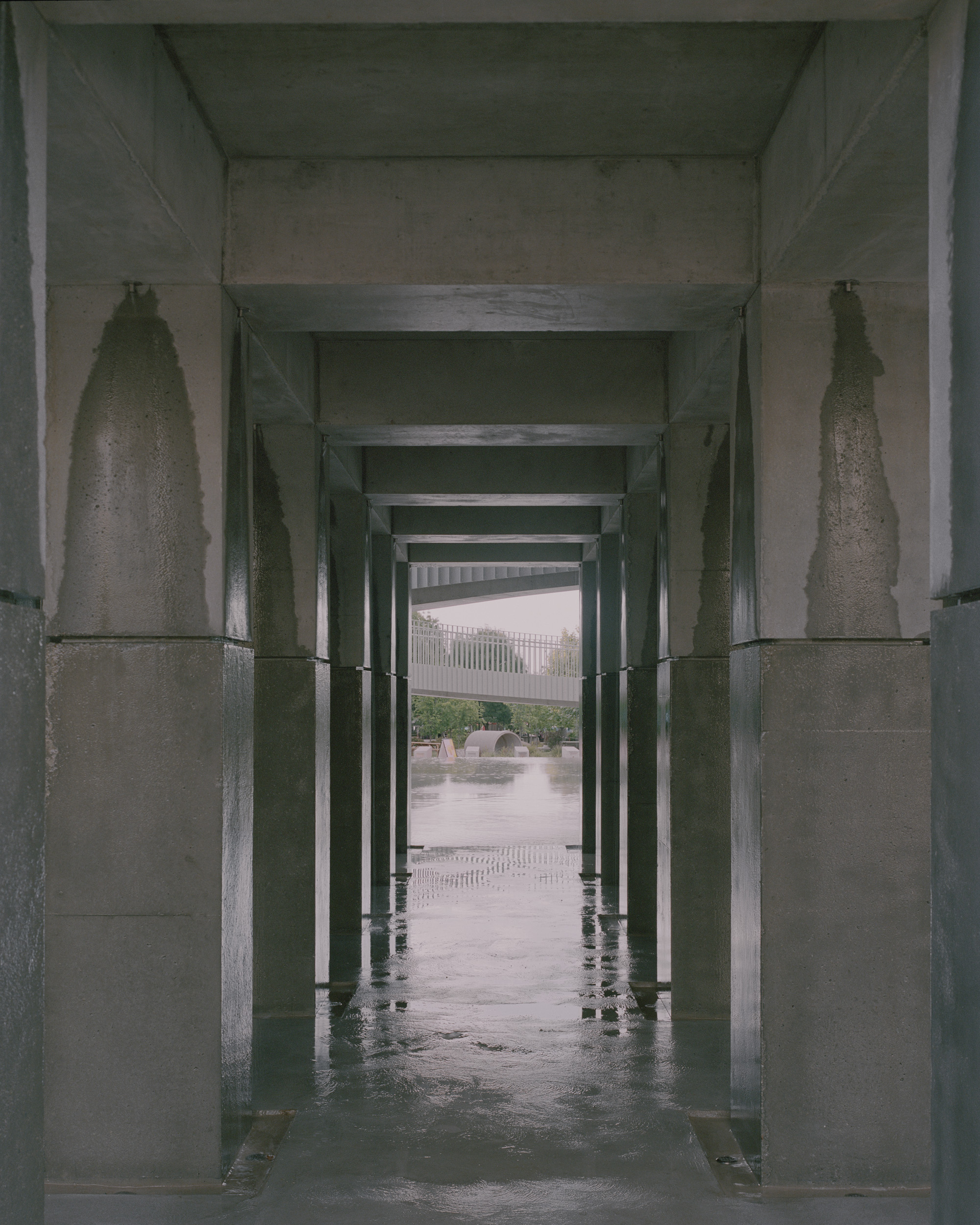
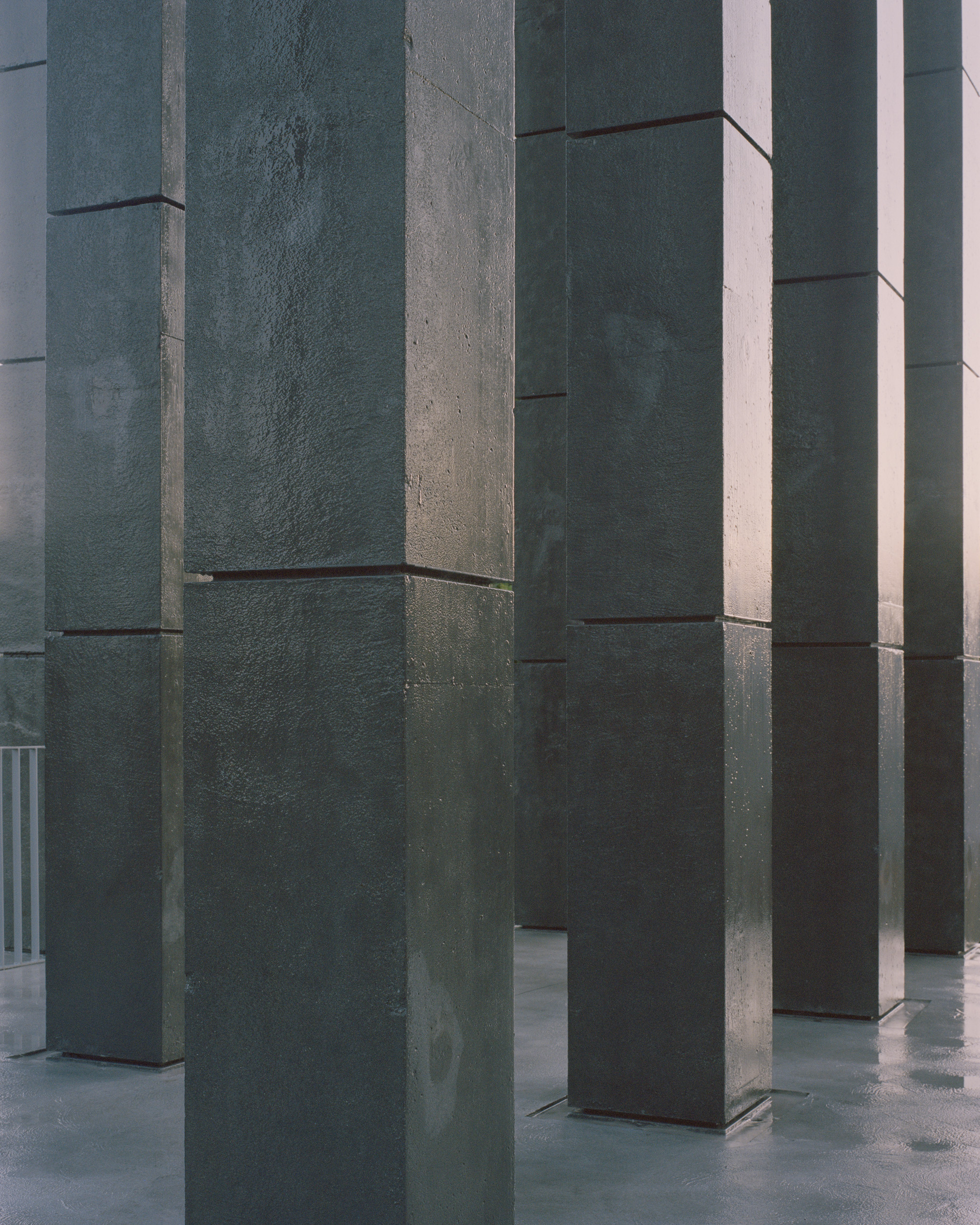
INFORMATION
Wallpaper* Newsletter
Receive our daily digest of inspiration, escapism and design stories from around the world direct to your inbox.
Ellie Stathaki is the Architecture & Environment Director at Wallpaper*. She trained as an architect at the Aristotle University of Thessaloniki in Greece and studied architectural history at the Bartlett in London. Now an established journalist, she has been a member of the Wallpaper* team since 2006, visiting buildings across the globe and interviewing leading architects such as Tadao Ando and Rem Koolhaas. Ellie has also taken part in judging panels, moderated events, curated shows and contributed in books, such as The Contemporary House (Thames & Hudson, 2018), Glenn Sestig Architecture Diary (2020) and House London (2022).
-
 Put these emerging artists on your radar
Put these emerging artists on your radarThis crop of six new talents is poised to shake up the art world. Get to know them now
By Tianna Williams
-
 Dining at Pyrá feels like a Mediterranean kiss on both cheeks
Dining at Pyrá feels like a Mediterranean kiss on both cheeksDesigned by House of Dré, this Lonsdale Road addition dishes up an enticing fusion of Greek and Spanish cooking
By Sofia de la Cruz
-
 Creased, crumpled: S/S 2025 menswear is about clothes that have ‘lived a life’
Creased, crumpled: S/S 2025 menswear is about clothes that have ‘lived a life’The S/S 2025 menswear collections see designers embrace the creased and the crumpled, conjuring a mood of laidback languor that ran through the season – captured here by photographer Steve Harnacke and stylist Nicola Neri for Wallpaper*
By Jack Moss
-
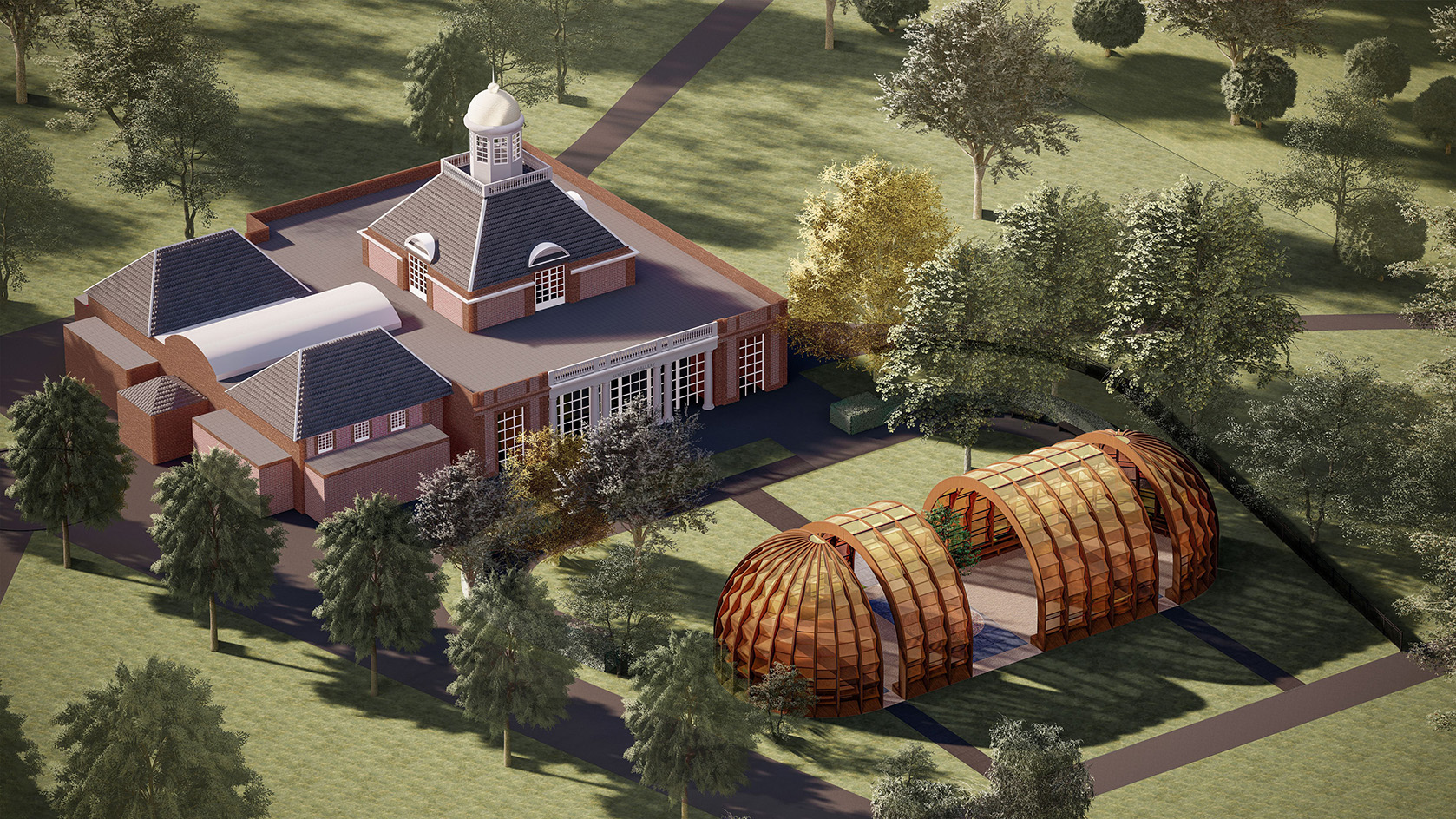 2025 Serpentine Pavilion: this year's architect, Marina Tabassum, explains her design
2025 Serpentine Pavilion: this year's architect, Marina Tabassum, explains her designThe 2025 Serpentine Pavilion design by Marina Tabassum is unveiled; the Bangladeshi architect talks to us about the commission, vision, and the notion of time
By Ellie Stathaki
-
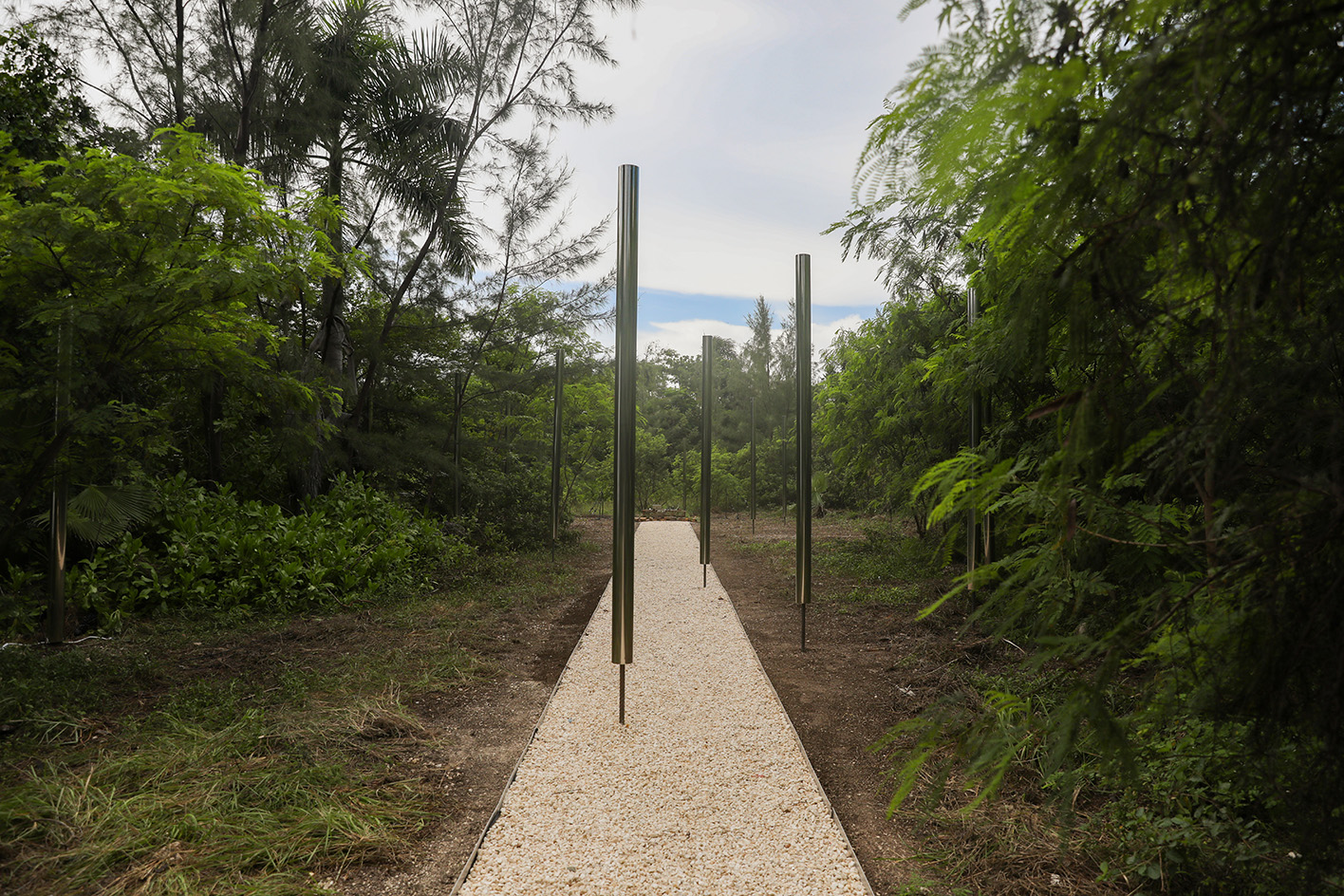 The Duho Pavilion by Limbo Accra immerses us into its Caribbean setting
The Duho Pavilion by Limbo Accra immerses us into its Caribbean settingThe Duho Pavilion by Limbo Accra is a Cayman Islands landscape project that celebrates the Indigenous Caribbean Taino people
By Ellie Stathaki
-
 Remembering Alexandros Tombazis (1939-2024), and the Metabolist architecture of this 1970s eco-pioneer
Remembering Alexandros Tombazis (1939-2024), and the Metabolist architecture of this 1970s eco-pioneerBack in September 2010 (W*138), we explored the legacy and history of Greek architect Alexandros Tombazis, who this month celebrates his 80th birthday.
By Ellie Stathaki
-
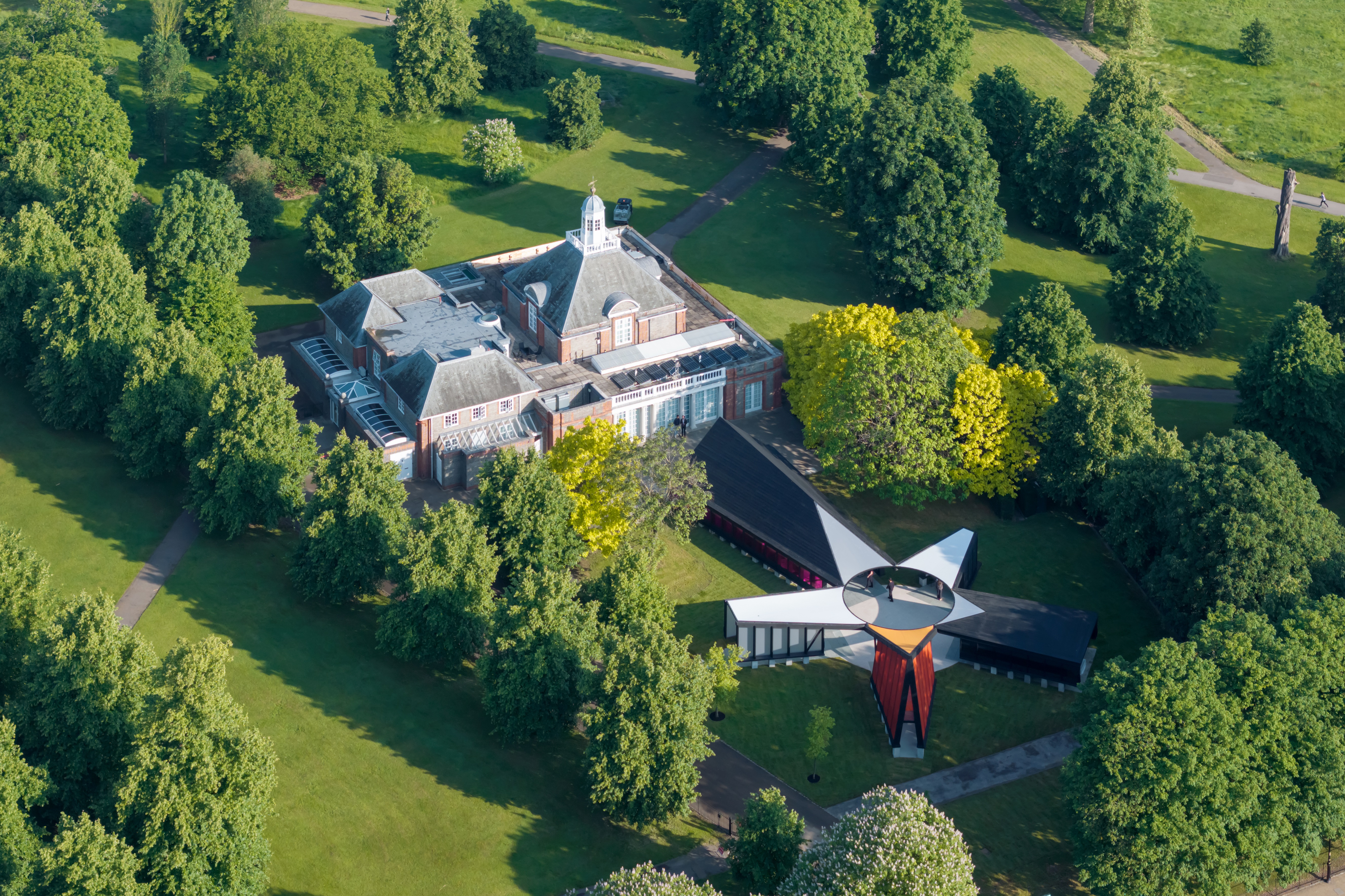 A first look at Serpentine Pavilion 2024: ‘It really is an archipelago’
A first look at Serpentine Pavilion 2024: ‘It really is an archipelago’The Serpentine Pavilion 2024 opens its doors and we catch up with its architect, Minsuk Cho of Mass Studies, to talk about the design’s origins, concept and future travels
By Ellie Stathaki
-
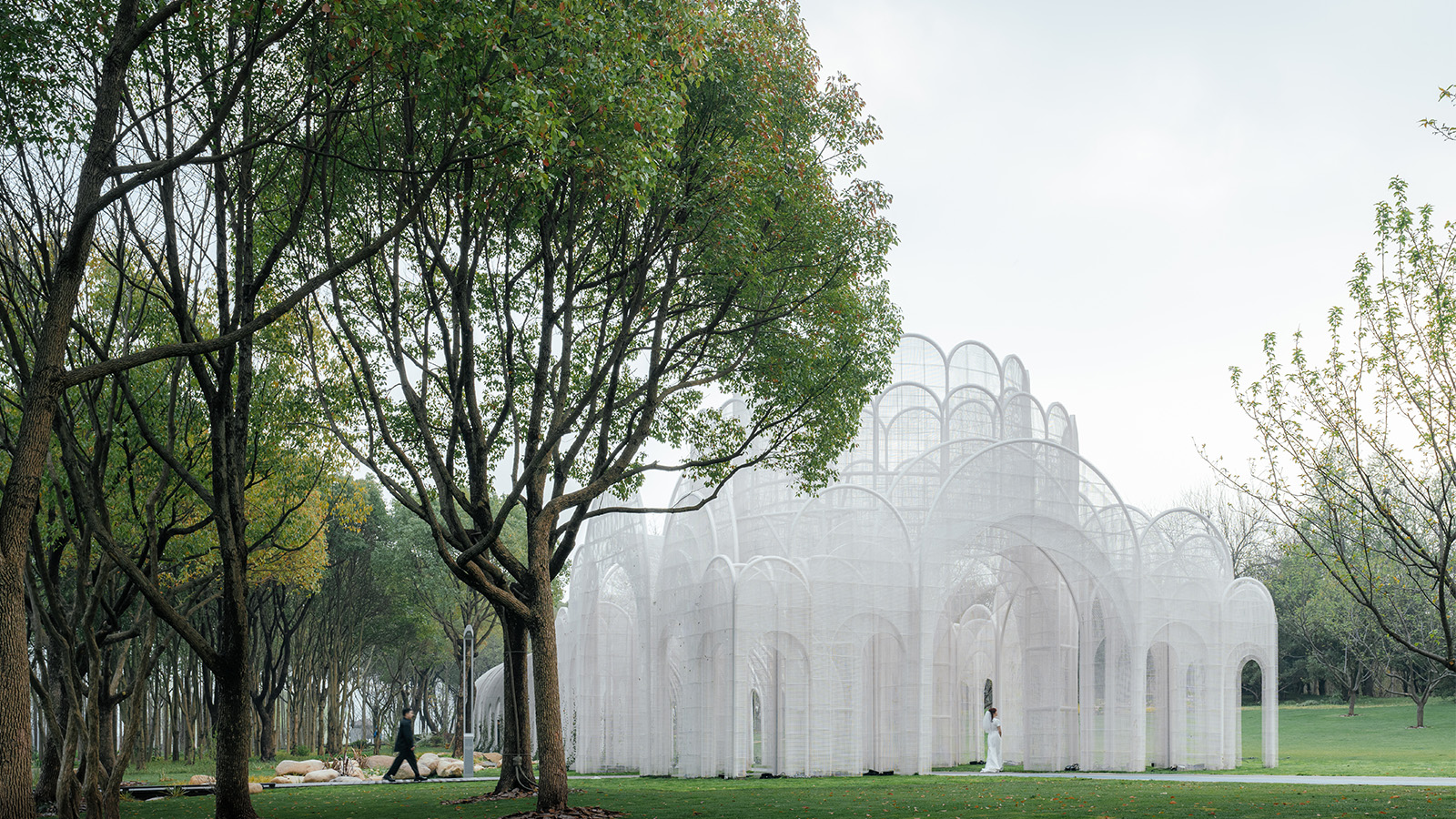 Emerald Screen Pergola brings wonder and intrigue to an everyday setting in China
Emerald Screen Pergola brings wonder and intrigue to an everyday setting in ChinaDesigned by Wutopia Lab, Emerald Screen Pergola is a pavilion designed to inject ‘magical realism’ into the everyday, nodding to ancient Chinese practices
By Ellie Stathaki
-
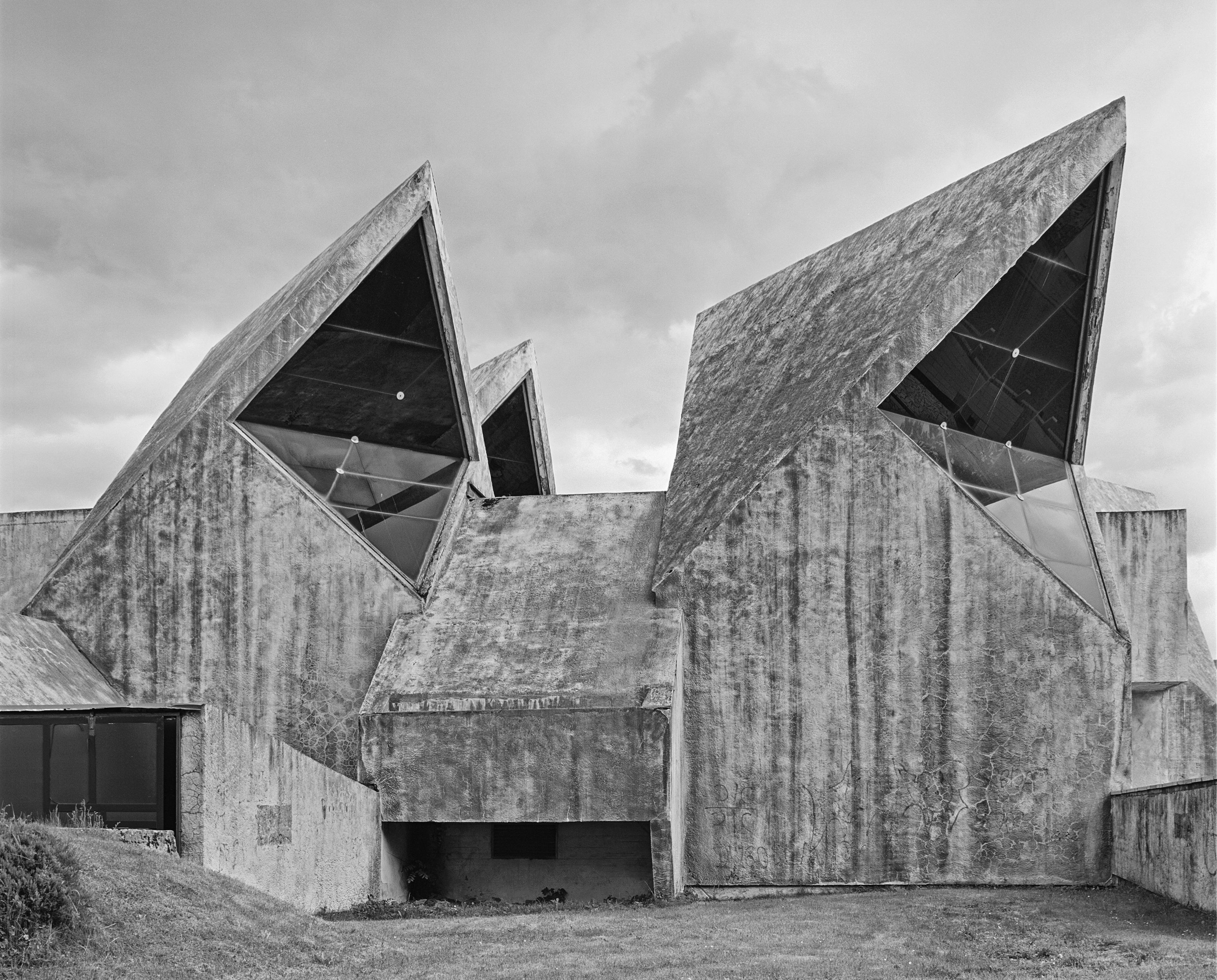 All hail the power of concrete architecture
All hail the power of concrete architecture‘Concrete Architecture’ surveys more than a century’s worth of the world’s most influential buildings using the material, from brutalist memorials to sculptural apartment blocks
By Jonathan Bell
-
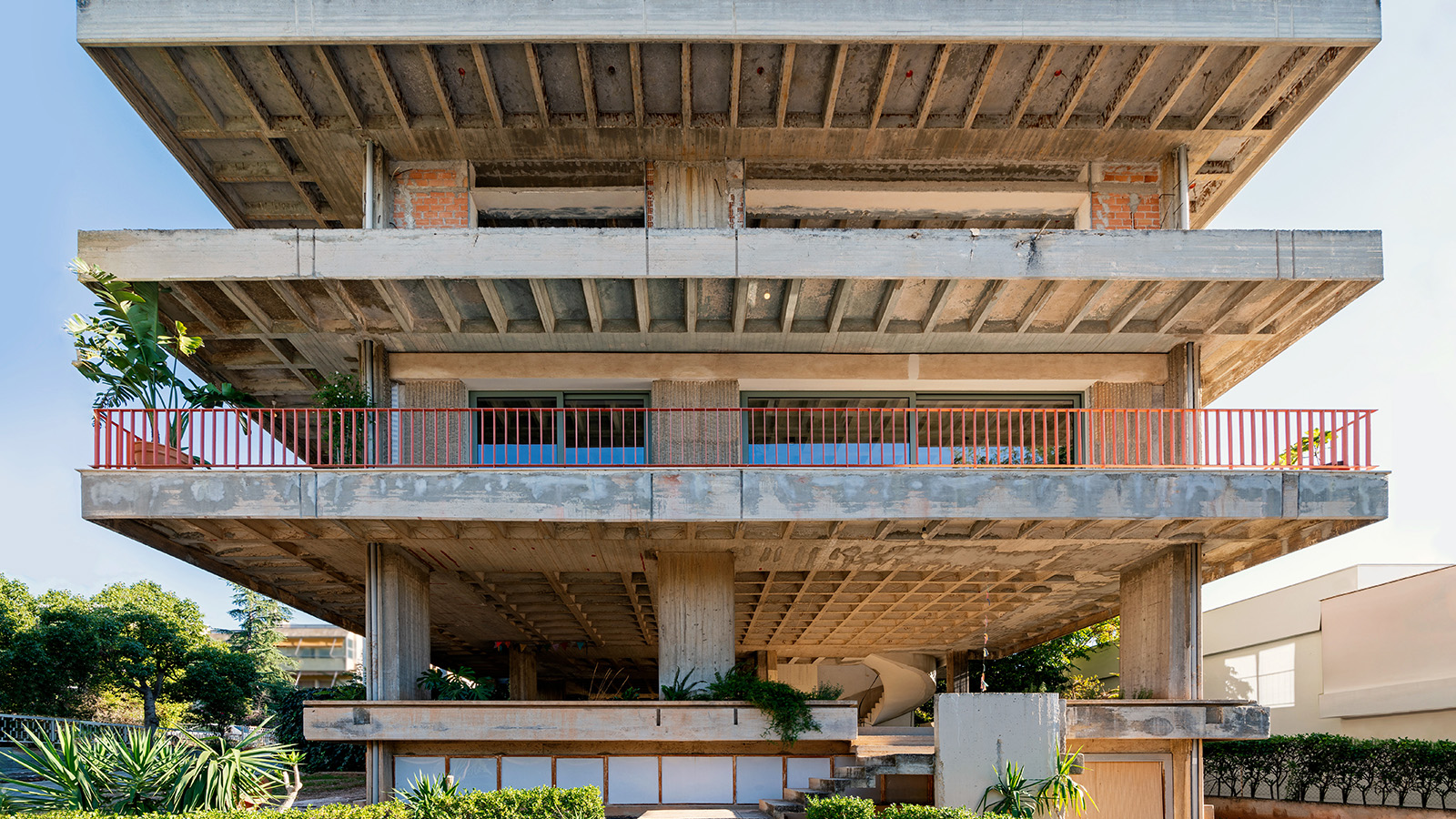 Three Object Apartment embraces raw concrete honesty in the heart of Athens
Three Object Apartment embraces raw concrete honesty in the heart of AthensThree Object Apartment by DeMachinas is a raw concrete home in Athens, which confidently celebrates its modernist bones
By Ellie Stathaki
-
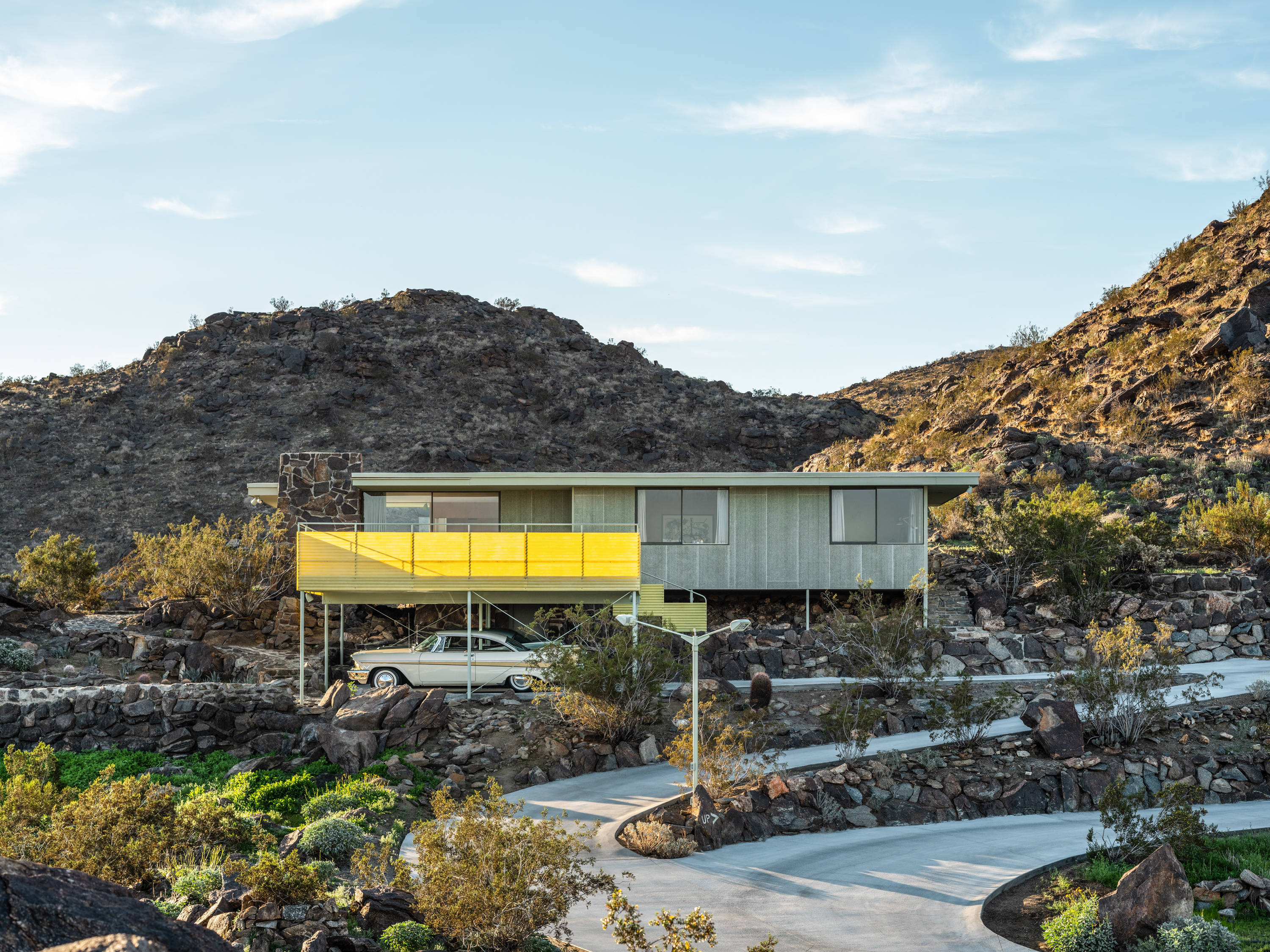 Modernist architecture: inspiration from across the globe
Modernist architecture: inspiration from across the globeModernist architecture has had a tremendous influence on today’s built environment, making these midcentury marvels some of the most closely studied 20th-century buildings; here, we explore the genre by continent
By Ellie Stathaki